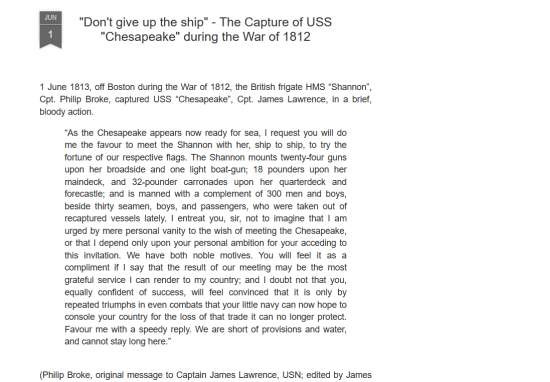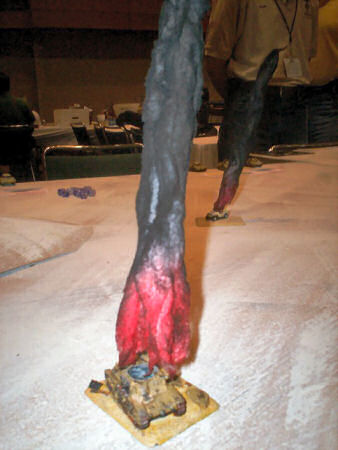
New Perspectives on the Opening Battle of the Waterloo Campaign
244 pages. 8 pages of color illustrations. Introduction, acknowledgements, appendix, bibliography, index.
This book is a bit of a mishmash, actually being two different books struggling within the same cover.
The first of these books is an account of the Battle of Quatre Bras. The author feels that previous books have been told from the Allied perspective, and draws extensively from French archival sources to achieve a better balance.
The second of these books is an account of Marshal Ney, starting with the 100 Days and ending with his death, with an emphasis on his command role.
What this means is that, despite the title being Marshal Ney at Quatre Bras, entire chapters deal with the actions of individual units without any mention of Ney.
And then, after this detailed description of the Battle of Quatre Bras, the book keeps going… with a detailed account of the next day's pursuit, and then a brief account of Waterloo with the focus on Marshal Ney's role.
The battle accounts primarily consist of quotations from eyewitnesses, linked with a minimum of narration. This is a method which provides useful information for students of the battle, and lets the primary sources "speak for themselves," but it means that this book is best used as a supplement to other books on the battle, which would provide more description and much-needed maps. (The only map in this book is a photo of Siborne's map.)
The account of Marshal Ney similarly relies on eyewitness accounts, with an emphasis on written orders Ney received and issued. This over-reliance on quotations rather than narration has the unfortunate consequence that key facts are mentioned out of order or only in the final conclusion. For example, the key fact that Ney arrives without any staff is not mentioned in the chapter in which Ney arrives. Animosity between Ney and other officers is not mentioned until the final conclusion. Similarly, discussion of Ney's role in Napoleon's return is only covered at the end of the book.
One might expect that a book on Marshal Ney at Quatre Bras would tell us what he did at the battle, where he was located, verbal orders he issued or actions he took. Instead, the author seems concerned primarily with written orders – certainly important, as there is controversy about what Ney did and did not do before and during the battle, but it means that Ney often seems to be missing in the battle accounts.
The account of the next day's pursuit is interesting and detailed, but why is it in this book? Perhaps only to establish that Ney seems to have taken no role in the fighting on this day.
Similarly, why is there an account of Ney at Waterloo in this book? The author's purpose seems to be to establish the contrast between Ney at Quatre Bras (timid, inactive) and at Waterloo (heroic, leading from the front).
The final chapter provides analysis of Ney's actions from 15 to 19 June, attempting to establish where the blame lies for command failures during the campaign. This is the best written portion of the book, although I found it frustrating when the author introduced facts not mentioned previously.
Who is the book for? This is definitely not an introductory book on Quatre Bras, as the author fails to give the 'big picture' or provide necessary maps. However, as a supplemental resource, readers will find this book provides many primary sources from all perspectives, and also discusses in detail the controversies regarding Ney's written orders (received and given).
Reviewed by ![]() Editor in Chief Bill
Editor in Chief Bill ![]()
![]() .
.







